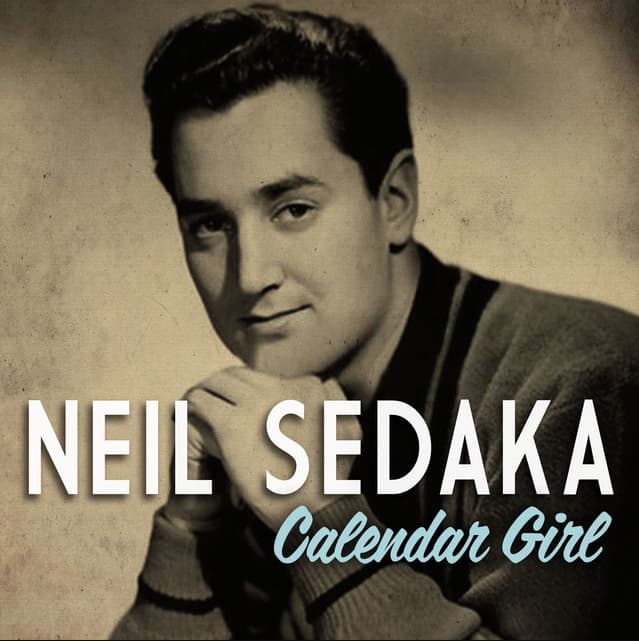
Neil Sedaka – Calendar Girl: A Nostalgic Ode to the Seasons of Love
Neil Sedaka’s “Calendar Girl,” released in December 1960, remains a timeless tribute to the innocent joys and fleeting moments that mark young love throughout the year. As a single from his album “Neil Sedaka Sings Little Devil and His Other Hits,” this delightful track quickly climbed the charts, reaching an impressive No. 4 on the Billboard Hot 100 in early 1961. Its rhythmic, upbeat tempo and catchy lyrics have etched it into the annals of classic pop music, resonating with listeners who cherish those tender memories of youthful romance.
At its core, “Calendar Girl” is a musical journey through the months of the year, each marked by a special occasion shared between two lovers. From January’s New Year’s kiss to December’s Christmas cheer, Sedaka artfully captures how each month holds its unique charm and significance. This creative structure not only showcases Sedaka’s lyrical wit but also evokes a universal sense of nostalgia, reminding us how the passing seasons are intertwined with our personal milestones and cherished memories.
The story behind “Calendar Girl” is as engaging as its melody. Written by Neil Sedaka in collaboration with his long-time lyricist partner Howard Greenfield, the song draws from their shared experiences growing up in Brooklyn, New York. In an era when life seemed simpler, the duo managed to encapsulate the essence of youthful exuberance and romantic idealism that defined their formative years. Sedaka’s smooth tenor voice delivers each line with a sincerity and warmth that transports listeners back to their own days of first loves and innocent dreams.
The charm of “Calendar Girl” lies not only in its catchy refrain but also in its ability to evoke vivid imagery through its lyrics. Each verse paints a picture of traditional American celebrations—Valentine’s Day, Easter, Halloween—imbuing them with a personal touch that makes these occasions feel intimate and special. For many listeners, these references serve as poignant reminders of shared traditions and the passage of time, sparking memories that are both personal and collective.
Musically, “Calendar Girl” stands out for its upbeat rhythm and infectious melody. The song features a lively orchestration that complements Sedaka’s buoyant vocals, creating an atmosphere that’s both joyous and reflective. It’s this combination of lyrical nostalgia and musical effervescence that has allowed “Calendar Girl” to endure across generations, appealing to those who lived through its initial release as well as new audiences discovering it afresh.
For older listeners, revisiting “Calendar Girl” is like opening a time capsule filled with fond recollections of dances at school gyms, drives to the beach with friends, and whispered promises under starlit skies. It serves as a reminder of a bygone era when love was expressed through handwritten notes and serenades played on jukeboxes. For younger audiences, it offers a glimpse into the past—a time when music was crafted with simplicity yet carried profound emotional depth.
In conclusion, Neil Sedaka’s “Calendar Girl” is more than just a pop hit from the early ’60s; it’s an evocative celebration of love’s journey through time. Its enduring appeal lies in its ability to connect generations through shared emotions and experiences, making it a beloved classic that continues to warm hearts with each passing year.